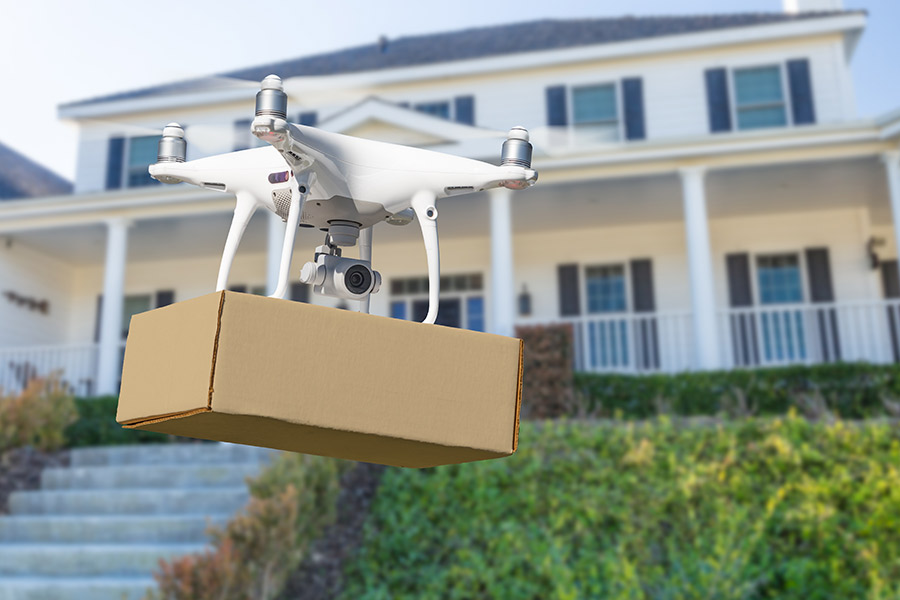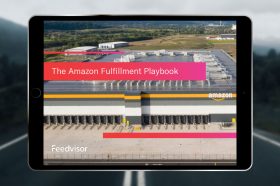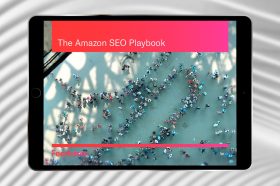Resources - Blog
2020 Tech Trends You Should Know

Stay on top of the latest e-commerce and marketplace trends.
It is no surprise that technology plays a critical role in the success of brands and retailers on Amazon. These stakeholders rely on technology for accomplishing a variety of tasks — ranging from low- to high-impact projects — in order to increase overall productivity and performance, automate workflows, decrease and wholly omit human error, improve efficiency, and lower costs.
However, technology also plays a pivotal role in the greater e-commerce and technological ecosystem, paving the way for a more data-driven future, built on innovation, dynamic consumer behaviors, and convenience. In this article, we outline five of the most notable technology trends that will continue to take root and grow in 2020.
1. Shifts in User Experience
In an age of rapidly changing consumer behaviors and profiles, new trends and patterns of personal consumption frequently arise. In order to build and maintain deep emotional connections with your customers, you need to know how to leverage these various technologies — and the data that accompanies them — to drive frictionless experiences both online and offline.
Virtual reality (VR) and augmented reality (AR) are altering how people perceive the digital world. VR, for example, is a simulated experience that can be used for entertainment or education. AR is gaining more and more traction in the e-commerce space, as it allows users to create filters and photo lenses, virtually “try on” cosmetics or apparel, see how new furniture looks in a specific space, and so on.
The disruptive technology effectively bridges the gap between at-home and in-person experiences, and will continue to transform the e-commerce and entertainment spaces over time. By communicating with end users across a variety of touchpoints, you are demonstrating your commitment to innovation and the end-to-end customer experience.
2. Autonomous Devices
Autonomous devices use artificial intelligence (AI) technology to automate functions that have historically been performed by humans. Likely the most notable are drones, robots, and autonomous vehicles. In October 2019, Walgreens officially launched a “store to door” drone delivery trial for health and wellness, food and beverage, and convenience items in Virginia. Not long after that, CVS made history by completing the first “revenue-generating drone delivery of a medical prescription.”
Amazon is testing its Prime Air service that can deliver packages of up to five pounds within 30 minutes or less using small drones, demonstrating how, in the not-so-distant future, robots and drones will completely transform order fulfillment and delivery. In the vehicle space, Mercedes Benz unveiled its Actros semi-autonomous trucks that are capable of accelerating, braking, and steering in certain instances. All of these devices leverage AI-backed technology to interact more naturally with humans and their surroundings.
3. Natural Language Processing (NLP)
NLP is a subset of AI that enables computers to understand, interpret, and manipulate human language. NLP makes it possible for computers and other machines to read text, hear and analyze speech, measure sentiment, and determine the most important parts. In addition to fueling voice-activated devices (VADs) like Amazon’s Alexa or Google’s Siri, NLP is used in everyday occurrences such as transcribing your voicemails to text, auto-correcting typos, or using text analytics to identify trends from customer feedback.
NLP can be used to track sentiment about specific topics, such as across social media channels. It can also be leveraged to categorize content into different buckets so you can take appropriate action and identify any patterns. Businesses can explore how conversational platforms can help them learn about their clients’ online preferences and create a more seamless customer experience catered to them.
4. Computer Vision
Computer vision is a branch of AI that enables machines and computers to interpret and understand the visual world. Using digital images from cameras and videos, as well as deep-learning models, machines can identify and classify objects and react to what they “see.” Computer vision, for example, is a foundational technology employed in the cashierless Amazon Go stores, detecting which products are taken or returned to the shelves and tracking them in a virtual cart.
In addition, computer vision is used across the healthcare industry, in autonomous vehicles, and other industries such as manufacturing. As this technology continues to evolve and improve, it will transform business processes and help save significant amounts of time.
5. Increased Penetration of Voice-Activated Devices and Chatbots
Voice shopping is slated to increase to $40 billion by 2022, up from $2 billion in 2018, which signifies its role as a disruptive force in retail culture. Moreover, Gartner predicts that chatbots will power 85% of all customer service interactions by 2020. Together, these technologies can help businesses interact and communicate with clients in new ways, improve service levels, and illustrate your commitment to meeting your customers where they are, whether that is on desktop, mobile, or a VAD.
Final Thoughts
While many of these technologies are certainly not brand new, they are gradually beginning to expand in their overall adoption. By testing and experimenting with technology, you can effectively take a pulse of what works for your unique business as well as how it impacts other stakeholders, such as your customers, coworkers, or strategic partners. By optimizing processes and automating mundane business tasks through technology, you open the door to more productive, interactive, and lucrative business relationships.
Learn what Feedvisor can do for your business.
When you partner with Feedvisor, you automatically receive access to our true, AI-driven technology and hands-on team of e-commerce experts. Contact one of our team members today to learn more about our end-to-end solution for brands and large sellers on Amazon, Walmart, and e-marketplaces.



